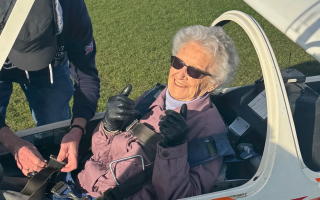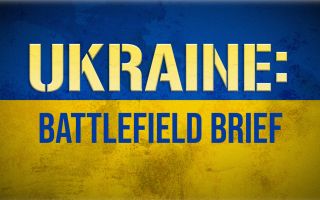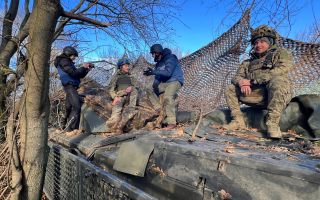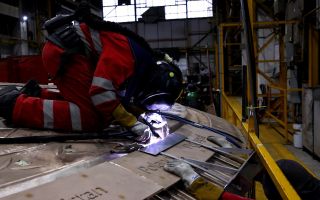RAF to go ahead with nuclear-capable F-35A despite concerns about stealth, says CDS
The RAF is set to acquire 12 F-35A aircraft, which are capable of carrying nuclear weapons, but there are concerns over how they would be integrated without comprising the jet's stealth capability, Air Chief Marshal Sir Rich Knighton has warned.
The UK plans to acquire an additional F-35s - taking the total up to 74 - and the 12 F-35As will give the RAF a nuclear capability for the first time since the 1990s.
However, in a meeting of the Public Accounts Committee, ACM Sir Rich told MPs he was worried about "the integration of a standoff weapon onto that platform to ensure that we're able to maximise the value of the stealth capability".
"There are elements that are dependent on the US programme that we are unable to influence directly. So we are examining opportunities to to use other weapon types that are already integrated," he said.
The Chief of the Defence Staff added: "We will consider that as part of the defence investment plan alongside the Government’s commitment to increasing stockpiles and weapons."
The next step in joining Nato's nuclear mission
Powered by the Pratt & Whitney 135 engine with 40,000lbs of thrust, the F-35A is highly agile, has a 9G capability and a range of 2,200km.
More impressively, the F-35A is a dual-capable aircraft (DCA) which means it can carry tactical nuclear bombs as well as conventional weapons.
Having the ability to provide day-to-day capabilities like intelligence gathering and combat support, and the operational ability to deliver nuclear weapons in combat means the F-35A will play a central role in Nato's nuclear deterrence mission.
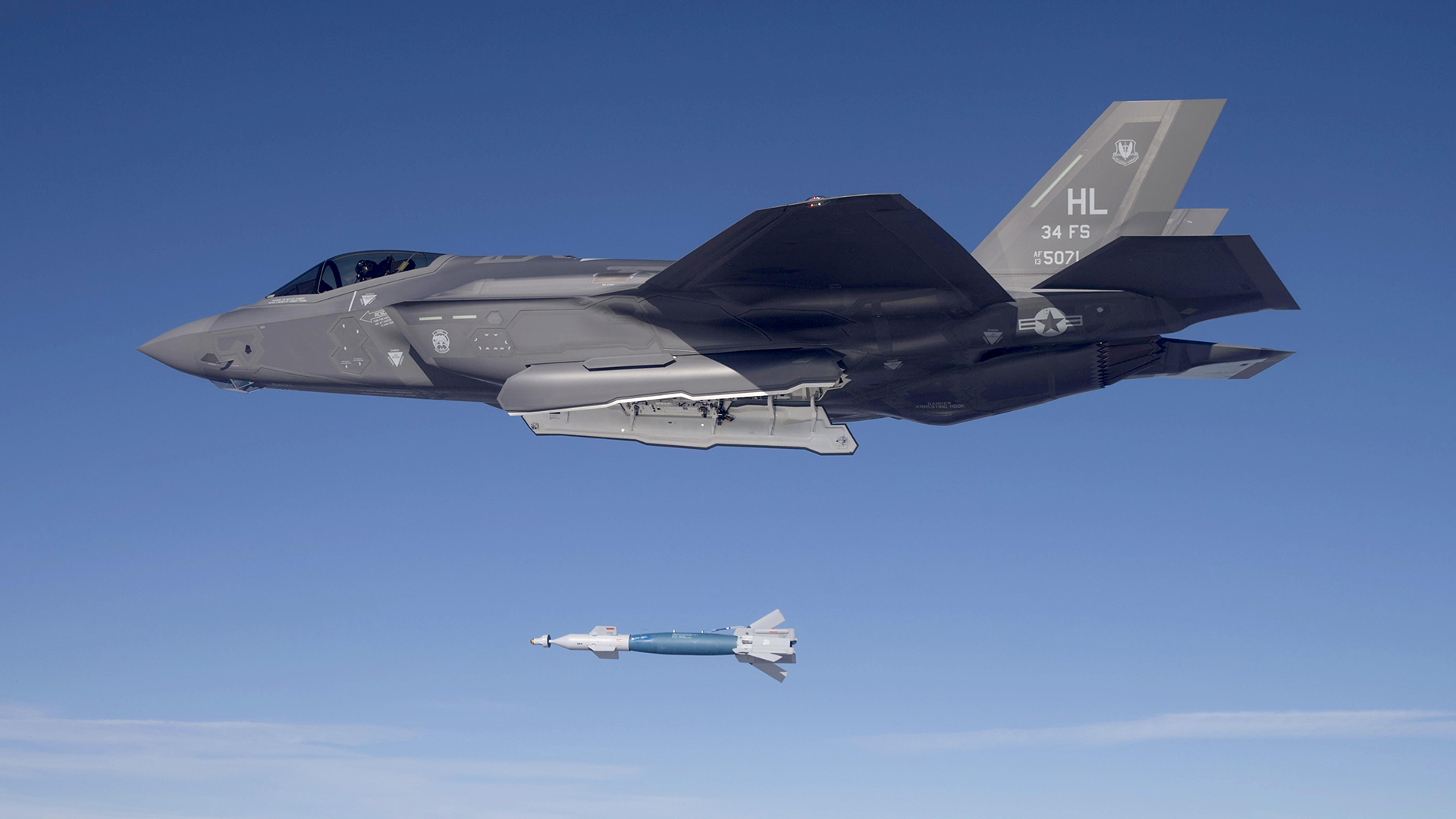
Procurement of this type of aircraft was also a key recommendation for the Strategic Defence Review.
ACM Sir Rich said: "There are detailed and specific requirements around certification of people, ground crew, pilots and the infrastructure of the aircraft to ensure that we meet the exacting standards associated with handling and using nuclear weapons."
He said training would be conducted on flight simulators and the RAF would be working closely with other nations who operate dual-combat aircraft to learn how to better operate them.
Expanding its existing jet fleet
The new F-35As will complement the existing F-35Bs, which are highly adaptable jets capable of taking on roles and missions of different aircraft simultaneously.
The B variant has a similar amount of thrust as the F-35A and is also a supersonic fighter, capable at flying at Mach 1.6, but has a shorter range, just shy of 1,700km.
It is exclusively armed with conventional weapons such as AMRAAM and ASRAAM air-to-air missiles and the Paveway IV laser-guided bomb.
It's a worthy successor to the iconic Harrier jet previously operated by the RAF and Royal Navy.
However, ACM Sir Rich said the RAF was not yet getting enough out of the existing F-35B aircraft in terms of availability and weapon integration.
The new fast jets will be based at RAF Marham, with the Government expected to procure 138 F-35s over the lifetime of the programme.
The purchase represents the biggest strengthening of the UK’s nuclear posture in a generation.




